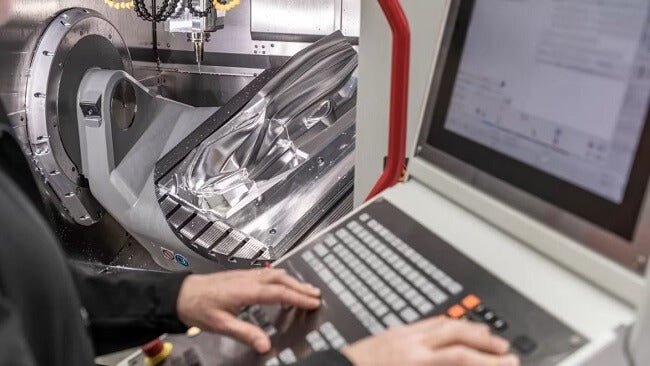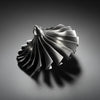How to Formulate Machining Processes

As a prototyping manufacturer, we have advanced CNC machines and are very good at processing workpieces with complex structures. Before the raw material is put on the machine, engineers usually simulate the machining process CAM, referring to the following principles:
Principles for Developing Machining Process Routes

1. Principle of Establishing Machining Process Routes
In the machining process, surfaces serving as the positioning datum should be machined first. This provides a reliable reference for subsequent operations at the earliest stage.
2. Principle of Dividing Machining Stages
For surfaces with high quality requirements, the machining process is generally divided into three stages: rough machining, semi-finishing, and finishing. This approach ensures machining quality, improves the rational use of machine tools, facilitates the arrangement of heat treatment processes, and allows early detection of defects in raw materials.
3. Principle of Machining Planes Before Holes
For parts such as housings, brackets, and connecting rods, machining planes should precede hole machining. This allows holes to be machined using the planes as a datum, ensuring positional accuracy between the planes and holes, and simplifying hole machining on the planes.
4. Finishing Operations Should Be Scheduled at the Final Stage
Finishing processes, including grinding, honing, fine grinding, and rolling, should be arranged at the final stage of the machining route. If the surface roughness after machining is below Ra 0.8, even minor contact may damage the surface. After finishing, direct handling by hand or contact with other objects should be avoided to prevent damage during transportation and installation.
Machining Process Routes

After introducing the general arrangement of machining processes, specific principles for certain situations are outlined below.
Considerations When Developing Machining Process Routes
1.Separation of Rough and Finish Machining
During rough machining, the tool removes a large amount of material, subjecting the workpiece to significant cutting and clamping forces. This generates substantial heat and causes noticeable work hardening, inducing high internal stresses. If rough and finish machining are performed continuously, the redistribution of internal stresses during finishing may compromise dimensional accuracy. For high-precision parts, low-temperature annealing or aging treatment is often scheduled between rough and finish machining to relieve internal stresses.
2.Rational Selection of Equipment
Rough machining, which focuses on removing excess material with less emphasis on precision, should be performed on high-power, lower-precision machines. Finish machining, however, requires high-precision machine tools. Separating rough and finish machining across different machines maximizes equipment utilization and extends the service life of precision machinery.
3.Incorporating Heat Treatment Processes
Heat treatment processes should be arranged as follows:
-
-
Before machining: Annealing, normalizing, or quenching and tempering to improve machinability.
-
After rough machining: Aging or tempering to relieve internal stresses, performed before finishing.
-
After machining: Carburizing, quenching, and tempering to enhance mechanical properties.
If heat treatment causes significant deformation, a final machining operation should be scheduled accordingly.
-
Summary
The development of a machining process route depends heavily on the production type of the part. Factors such as machining methods, machine tools, fixtures, measuring tools, raw materials, and technical skill requirements vary significantly based on production volume and precision needs.
-
Posted in
cnc machining, rapid prototyping, surface process





